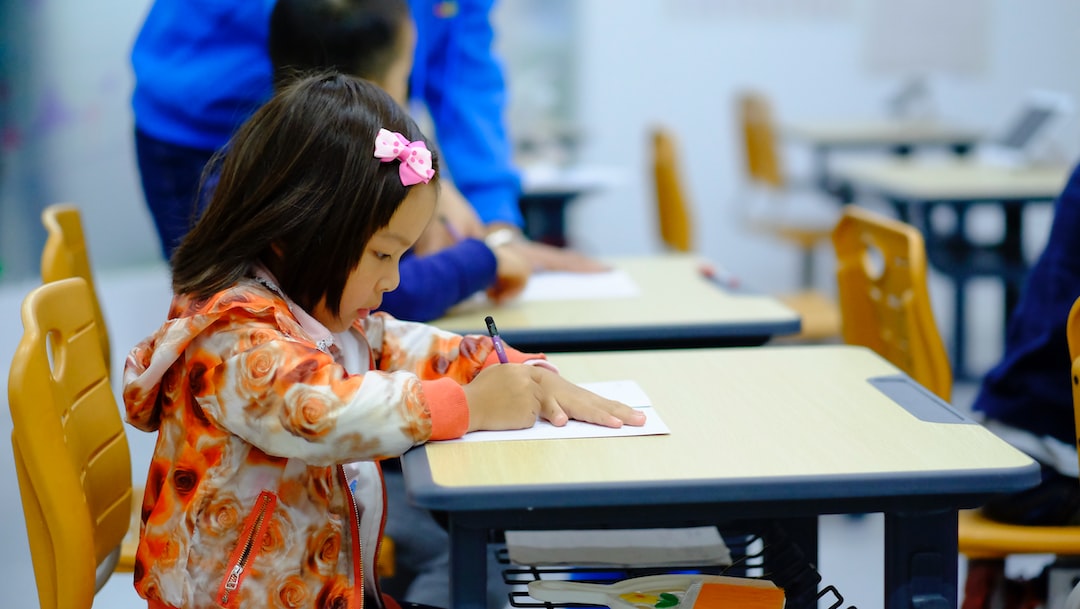In today’s rapidly changing world, the education system plays a crucial role in shaping the future of our society. With the aim of nurturing young minds and developing well-rounded individuals, educators continuously explore innovative methods to maximize learning outcomes. Among the various approaches that have emerged, positive reinforcement has proven to be a powerful tool that significantly impacts education. By reinforcing positive behaviors, educators can create a positive and motivation-driven environment that fosters student success.
Positive reinforcement refers to the practice of rewarding desirable behavior to strengthen its occurrence. It involves providing incentives, praise, and recognition to students who exhibit desired behaviors, such as active participation, academic achievement, and good manners. Unlike punishment-based approaches that focus on correcting undesirable behaviors, positive reinforcement focuses on boosting positive behaviors by offering rewards and acknowledgement.
One of the significant impacts of positive reinforcement in education is increased intrinsic motivation. When students are recognized and rewarded for their efforts, they develop a sense of accomplishment and pride, which drives their desire to excel further. This intrinsic motivation is crucial in the learning process as it allows students to develop a genuine interest in their studies and engage actively. By experiencing success, students start to perceive education as a fulfilling and enjoyable experience, leading to better academic performance and a love for lifelong learning.
Moreover, positive reinforcement helps create a positive classroom climate. By focusing on positive behaviors, educators can establish a supportive and encouraging atmosphere where students feel safe to take risks, ask questions, and express their opinions. This positive environment allows students to develop their confidence and self-esteem, which are fundamental to their overall well-being and success. By recognizing and appreciating their strengths, educators can build a strong rapport with their students, fostering a sense of belonging and collaboration within the classroom.
Furthermore, positive reinforcement fosters a growth mindset among students. By rewarding and acknowledging effort rather than solely focusing on outcomes, educators encourage students to develop a belief in their ability to grow and improve. This growth mindset helps students embrace challenges, view mistakes as opportunities for learning, and persist in the face of obstacles. By nurturing a growth mindset, positive reinforcement empowers students to develop resilience, perseverance, and a passion for continuous improvement, essential qualities for success in education and life.
Positive reinforcement also impacts the teacher-student relationship. When educators incorporate positive reinforcement into their teaching practices, they build trust and respect with their students. This trust enables students to feel comfortable seeking assistance and asking for clarification when needed. The positive teacher-student relationship also enhances communication, which is vital in ensuring effective teaching and learning. Students who feel valued and appreciated are more likely to engage in meaningful discussions, collaborate with their peers, and actively participate in classroom activities.
It is important to note that positive reinforcement is not limited to material rewards or public recognition. Although tangible rewards like certificates or prizes can be effective motivators, verbal praise and personal acknowledgements hold tremendous value as well. Simple gestures like using encouraging words, recognizing improvement, and showing genuine interest in students’ achievements can leave a lasting impact. These small acts of positive reinforcement nurture a sense of intrinsic motivation within students, instilling in them a lifelong love for learning and personal growth.
In conclusion, positive reinforcement has a profound impact on education. By focusing on and rewarding positive behaviors, educators can create a supportive and motivating learning environment that enhances students’ intrinsic motivation, self-esteem, and growth mindset. Through positive reinforcement, educators foster strong teacher-student relationships, promote collaboration, and empower students to become lifelong learners. As we strive to shape the future of education, incorporating positive reinforcement into pedagogical practices is paramount to unlocking students’ full potential and preparing them for success in an ever-evolving world.

